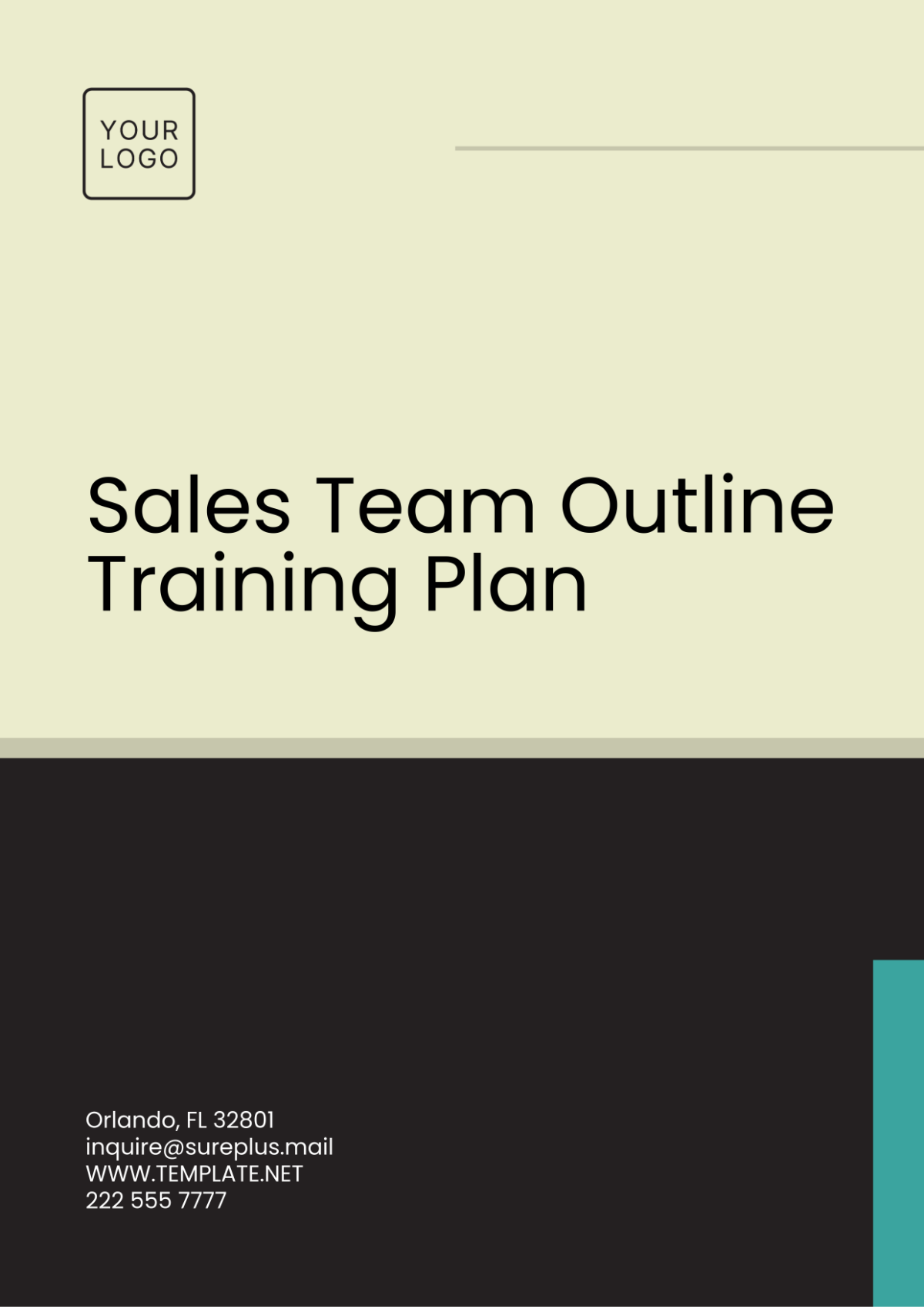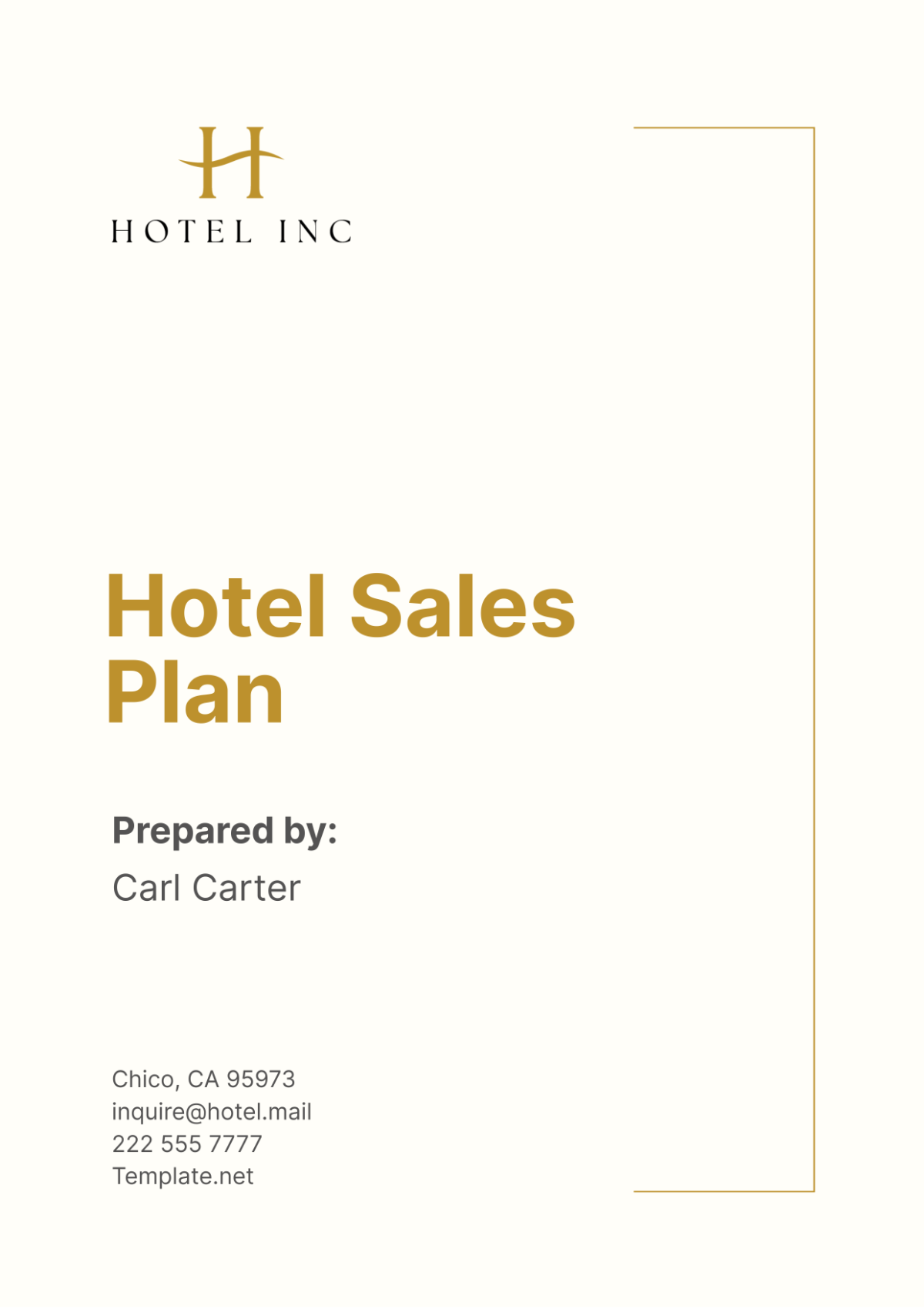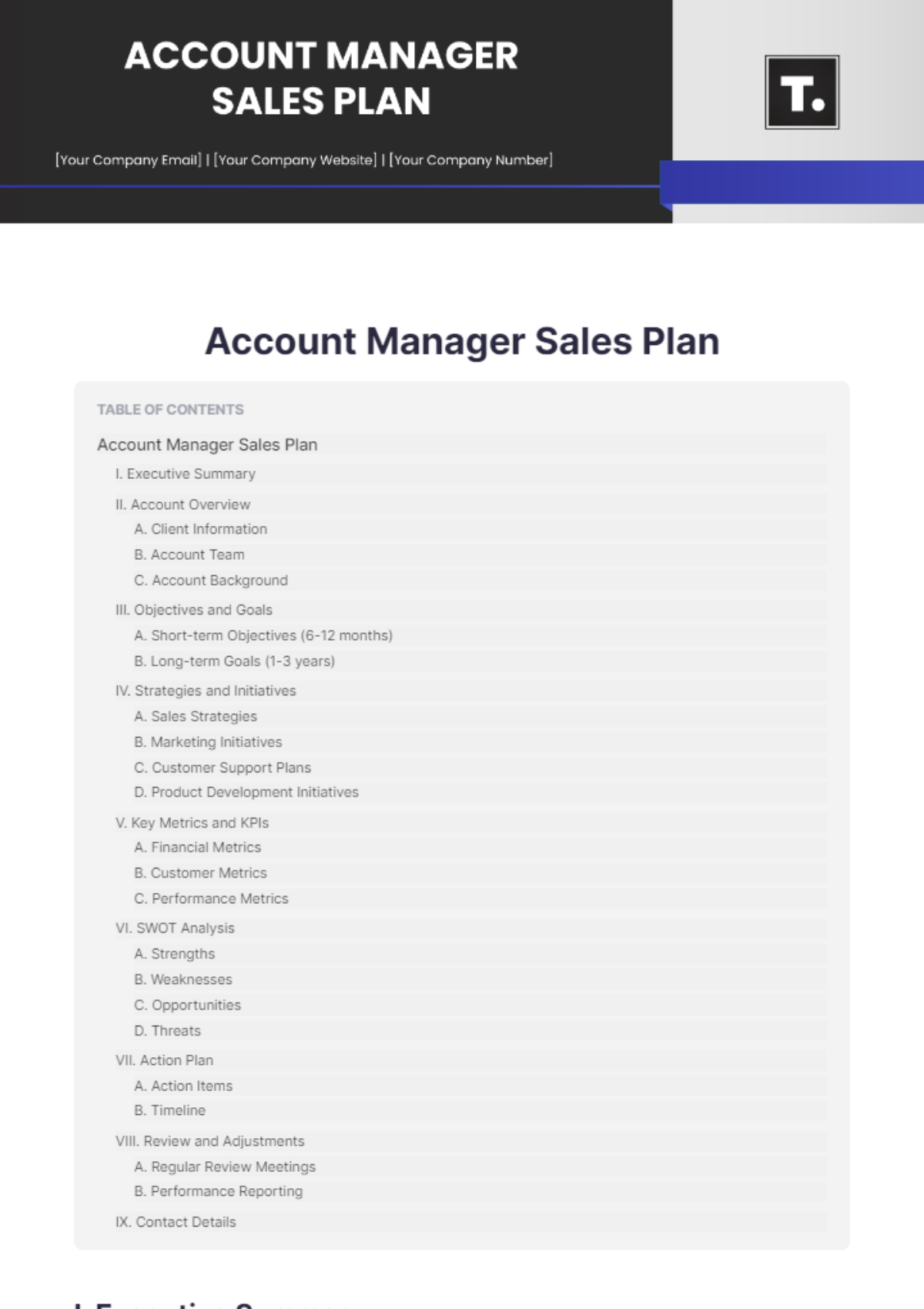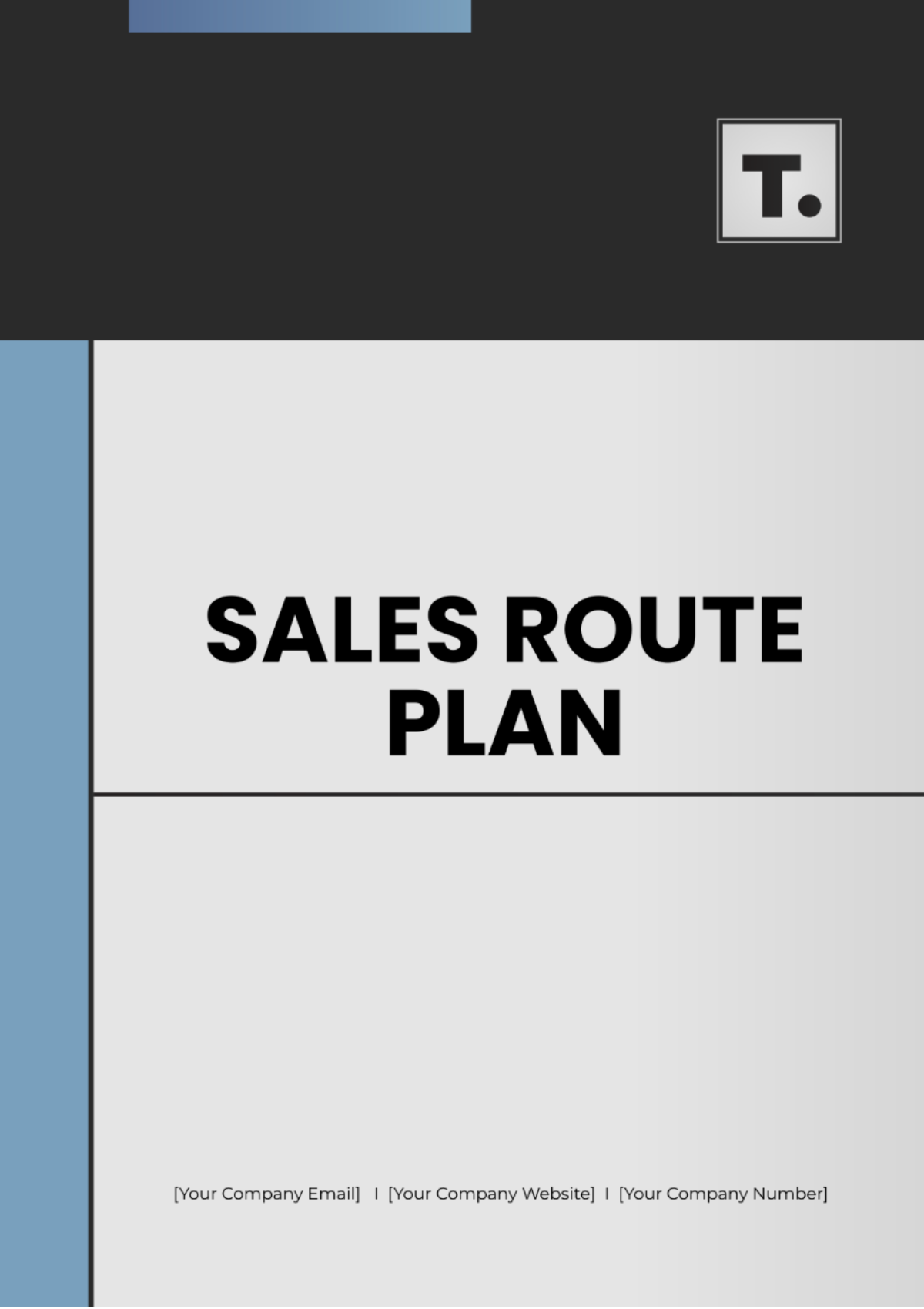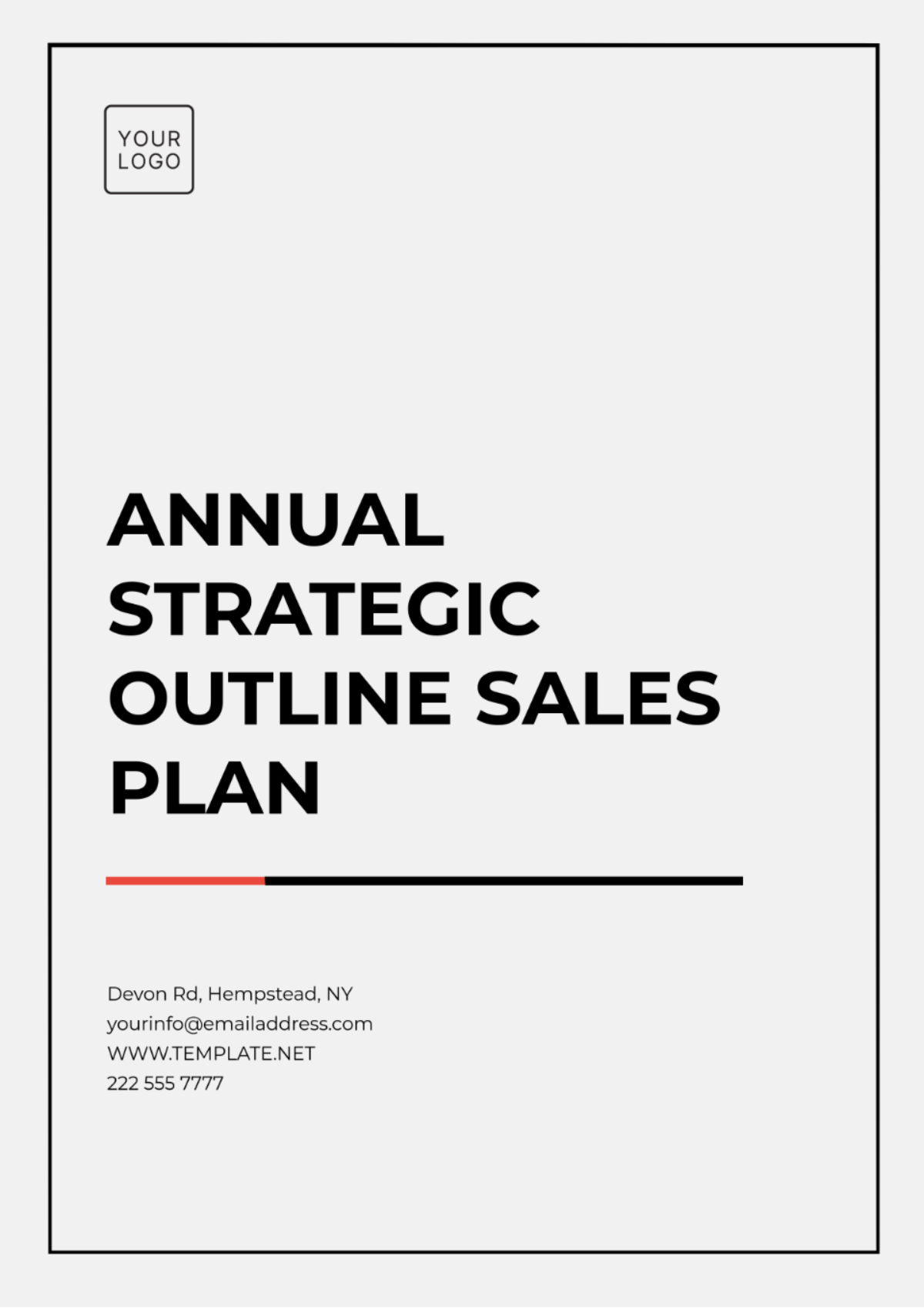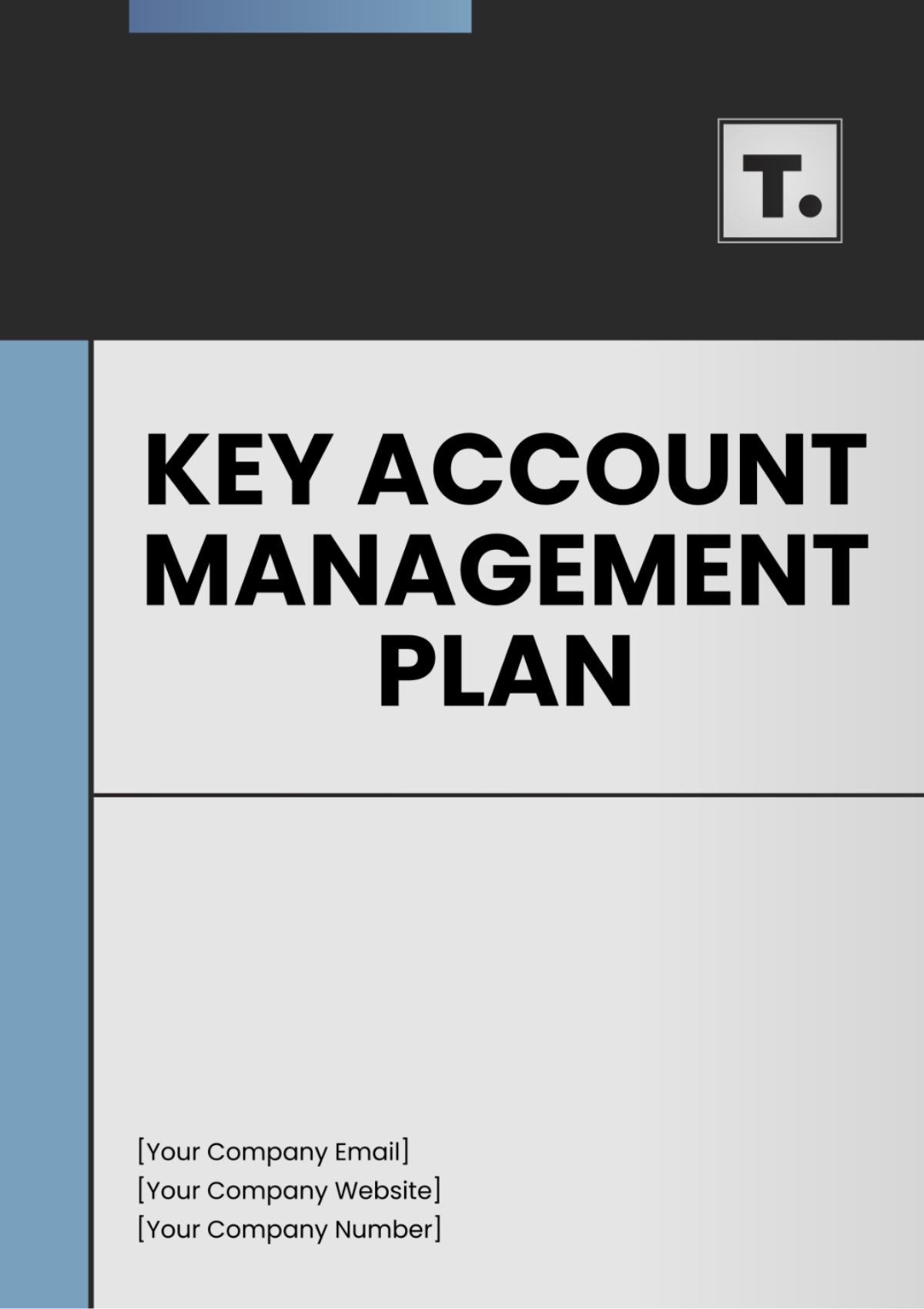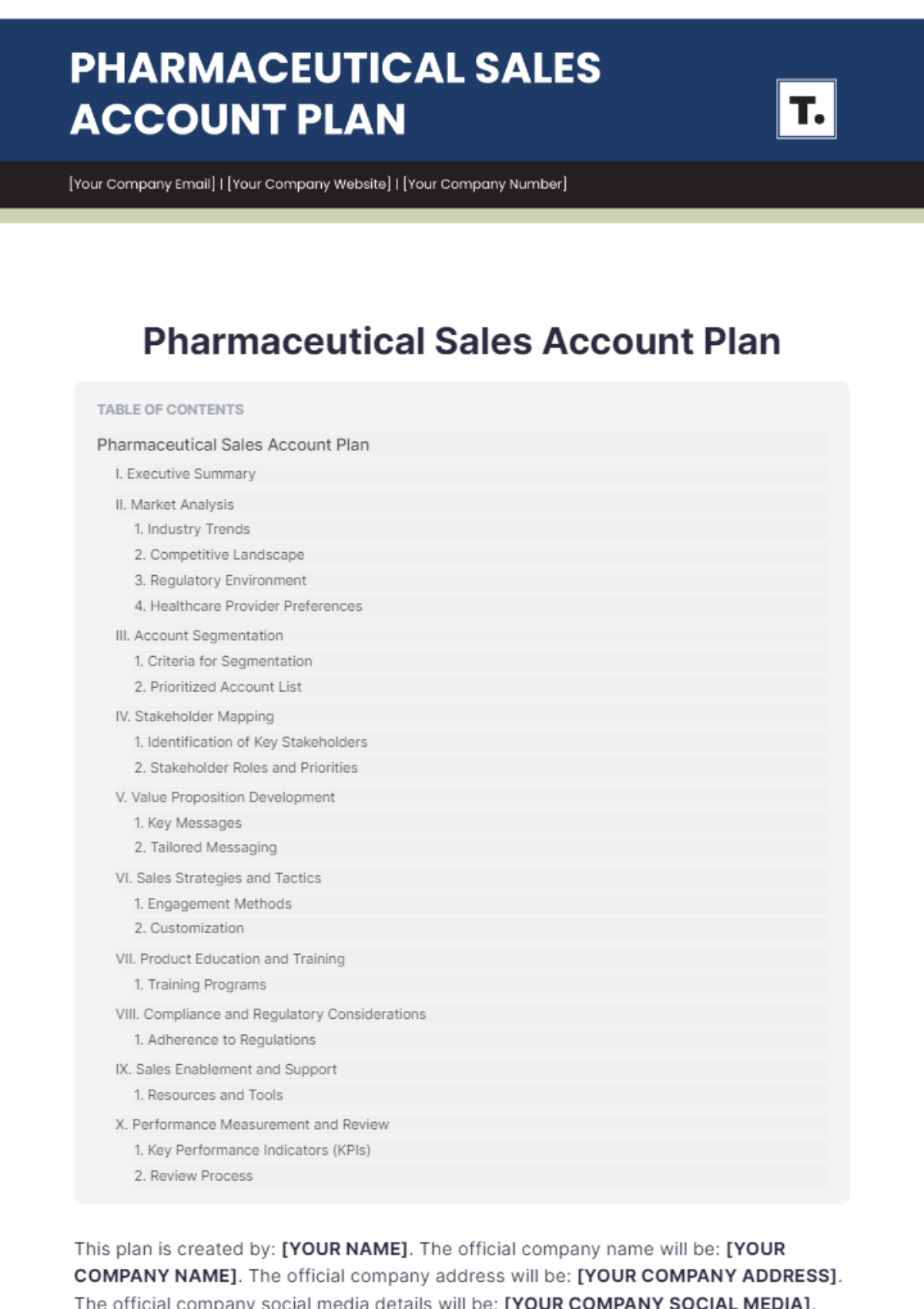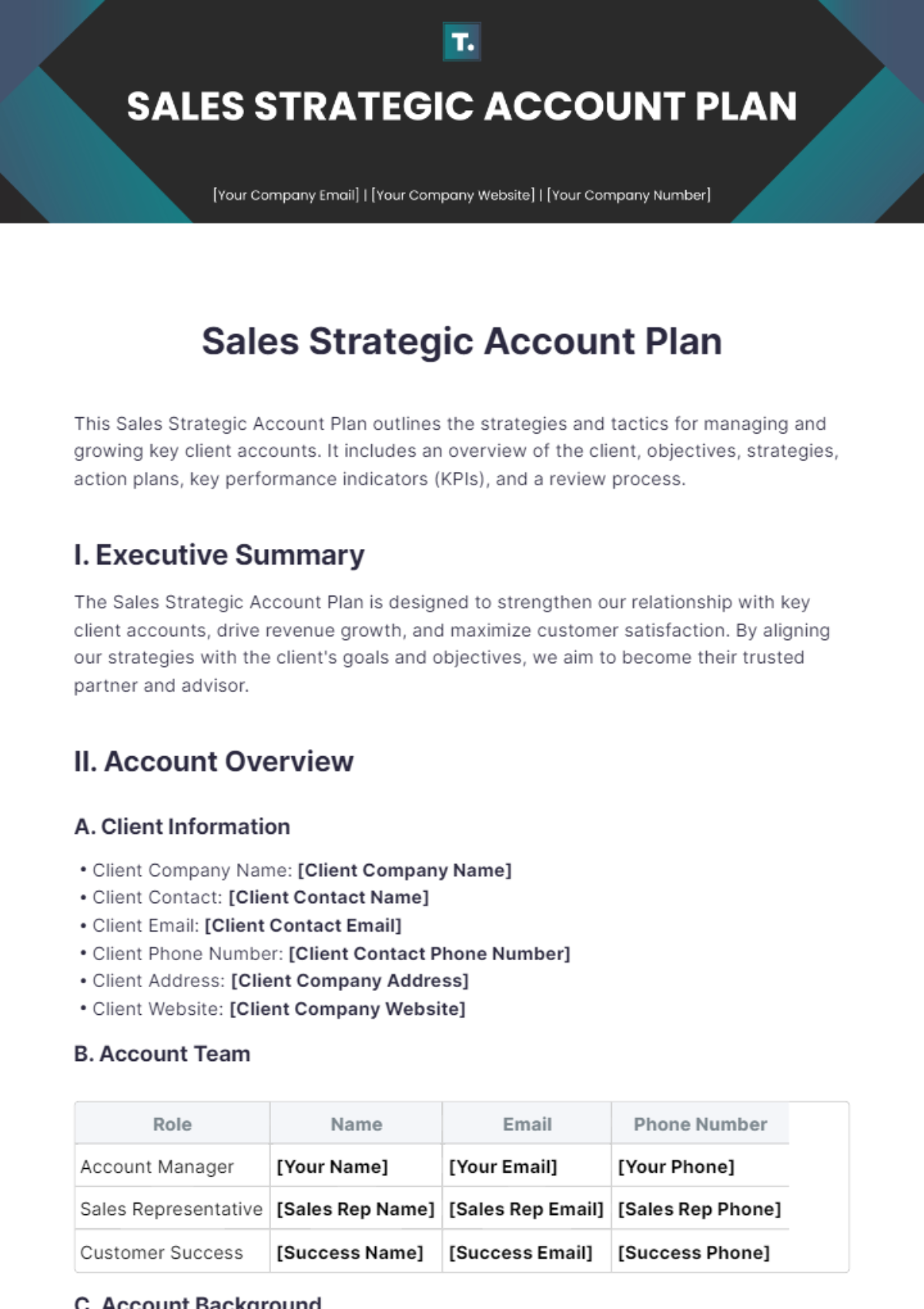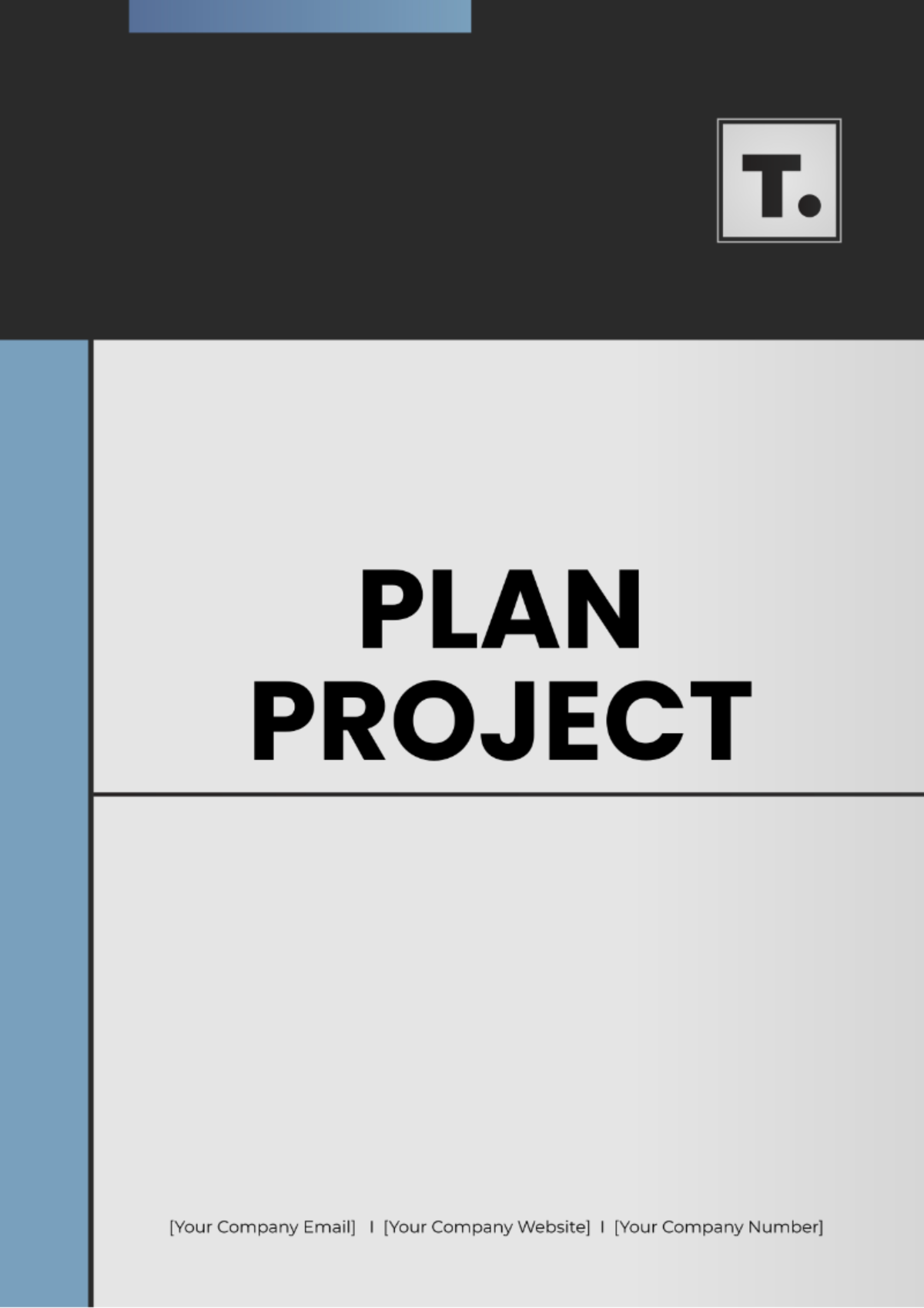Weekly Sales Activity Plan
Company Name | [YOUR COMPANY NAME] |
|---|---|
Prepared by | [YOUR NAME] |
Company Address | [YOUR COMPANY ADDRESS] |
Company Email | [YOUR COMPANY EMAIL] |
Company Phone Number | [YOUR COMPANY PHONE NUMBER] |
I. Weekly Overview
1. Week Duration
From: [START DATE]
To: [END DATE]
2. Objectives
Increase Total Sales: Enhance overall sales performance by [TARGET PERCENTAGE]% compared to the previous week.
Generate New Leads: Aim to generate a minimum of [NUMBER] new leads to expand the prospect pool.
Close Deals: Close a minimum of [NUMBER] deals to drive revenue and achieve sales targets.
Follow-up on Existing Prospects: Ensure proactive follow-up with at least [NUMBER] existing prospects to nurture relationships and move them further down the sales funnel.
3. Team Members
Team Member | Role | Contact Info |
|---|---|---|
[TEAM MEMBER 1] | [ROLE] | [EMAIL/PHONE] |
[TEAM MEMBER 2] | [ROLE] | [EMAIL/PHONE] |
II. Daily Activities
1. Monday
Review Weekly Objectives: Discuss and align team members with the weekly objectives during the morning meeting.
Team Meeting: Hold a team meeting at [TIME] to discuss progress, address challenges, and strategize for the week ahead.
Prospect for New Clients: Allocate time for team members to identify and reach out to potential clients.
Follow-up with Leads: Initiate follow-up communication with [NAME/LEAD] to maintain engagement and progress.
2. Tuesday
Continue Prospecting: Dedicate time for ongoing prospecting efforts to expand the client base.
Send Proposals: Send tailored proposals to [NAME/LEAD] to showcase solutions and move closer to closing deals.
Client Meeting: Conduct scheduled client meetings at [TIME] to explore requirements, present offerings, and address queries.
Team Check-In: Hold a brief team check-in at [TIME] to review progress and address any immediate issues.
3. Wednesday
Prospect for New Clients: Allocate time for team members to engage in prospecting activities and identify potential leads.
Strategy Review Meeting: Conduct a strategy review meeting at [TIME] to assess progress, adjust strategies if necessary, and ensure alignment with objectives.
Follow-up with Leads: Continue follow-up communication with [NAME/LEAD] to maintain momentum and address any concerns.
Prepare for Client Presentation: Dedicate time to prepare materials and presentations for upcoming client meetings.
4. Thursday
Client Presentation: Conduct scheduled client presentations at [TIME] to showcase offerings, address client needs, and progress towards closing deals.
Prospect for New Clients: Continue prospecting efforts to identify and engage with potential clients.
Follow-up with Leads: Ensure timely follow-up communication with [NAME/LEAD] to address any post-presentation queries or concerns.
Update CRM System: Record all interactions and updates in the CRM system for accurate tracking and reporting.
5. Friday
Weekly Sales Team Wrap-Up: Hold a wrap-up session at [TIME] to review the week's performance, celebrate achievements, and discuss areas for improvement.
Review Sales Performance: Analyze individual and team performance against targets and identify areas for improvement.
Prospect for New Clients: Allocate time for final prospecting efforts to close the week on a productive note.
Plan for Next Week: Discuss and outline objectives, strategies, and action plans for the upcoming week to ensure continued momentum and progress.
III. Key Metrics
1. Sales Target for the Week
Total Sales Target: Set a specific sales target for the week, aiming to achieve [AMOUNT / PERCENTAGE].
Individual Sales Targets: Assign individual sales targets to each team member to ensure accountability and focus.
2. Lead Generation
Total Leads Target: Establish a target number of leads to be generated during the week to fuel the sales pipeline.
Individual Lead Targets: Assign specific lead generation targets to each team member based on their capacity and role.
3. Follow-Ups
Total Follow-Ups: Determine the number of follow-up interactions required to maintain engagement and progress with prospects.
Individual Follow-Up Targets: Assign follow-up targets to each team member to ensure timely and consistent communication with leads.
IV. Performance Review
1. End-of-Week Summary
Achievements:
[ACHIEVEMENT 1]
[ACHIEVEMENT 2]
Challenges:
[CHALLENGE 1]
[CHALLENGE 2]
2. Next Steps
Review Next Week’s Objectives: Discuss and align on objectives and priorities for the upcoming week.
Identify Areas for Improvement: Reflect on challenges and performance gaps to identify areas for improvement.
Plan Training Sessions: Schedule training sessions or workshops to enhance skills and capabilities based on identified needs.
Client Feedback Sessions: Schedule feedback sessions with clients to gather insights and identify areas for enhancement.
V. Additional Activities and Initiatives
1. Special Projects
Identify any ongoing or upcoming [SPECIAL PROJECTS] that require attention or resources.
Assign team members to [PROJECT-SPECIFIC TASKS] and responsibilities.
Set clear objectives, timelines, and deliverables for each [SPECIAL PROJECT].
2. Training and Development
Schedule [TRAINING SESSIONS] or workshops to enhance team members' skills and knowledge.
Identify specific areas for skill development based on [PERFORMANCE REVIEWS] and feedback.
Provide access to online resources, courses, or certifications to support continuous learning and [DEVELOPMENT].
VI. Budget and Resource Allocation
1. Budget Review
Review the allocated [BUDGET] for sales activities, including marketing, training, and client acquisition.
Evaluate expenditure against [BUDGET ALLOCATIONS] to ensure optimal resource utilization.
Identify any budgetary adjustments or reallocations required based on [PERFORMANCE] and priorities.
2. Resource Allocation
Assess the allocation of [RESOURCES], including personnel, technology, and tools, to support sales activities.
Ensure that [RESOURCES] are allocated efficiently to maximize productivity and effectiveness.
Identify any resource gaps or needs and take necessary actions to address [THEM].
VII. Communication and Collaboration
1. Internal Communication
Foster open and transparent communication channels within the sales team.
Encourage regular updates, sharing of insights, and collaboration on projects and initiatives.
Use internal communication tools or platforms to facilitate communication and [INFORMATION SHARING].
2. External Communication
Maintain effective communication with clients, prospects, and external stakeholders.
Ensure timely responses to inquiries, requests, and feedback from external parties.
Use communication channels such as email, phone calls, and meetings to engage with [EXTERNAL STAKEHOLDERS].
VIII. Continuous Improvement and Innovation
1. Performance Review and Analysis
Conduct regular [PERFORMANCE REVIEWS] to assess individual and team performance against objectives.
Analyze sales data, metrics, and KPIs to identify trends, patterns, and areas for improvement.
Use insights from [PERFORMANCE REVIEWS] to refine strategies, processes, and approaches for better results.
2. Innovation Initiatives
Encourage creativity and innovation within the sales team to explore new ideas and approaches.
Foster a culture of experimentation and learning to drive innovation and adaptability.
Support initiatives for [PRODUCT OR SERVICE INNOVATION] to meet evolving customer needs and market trends.
IX. Conclusion
In conclusion, the Weekly Sales Activity Plan serves as a comprehensive guide for optimizing sales performance and achieving targets effectively. By implementing the outlined activities, initiatives, and metrics, the sales team can focus on key objectives, streamline processes, and drive productivity. Continuous improvement, innovation, and effective communication are essential elements for success in sales. With a structured approach and ongoing evaluation, the team can adapt to challenges, capitalize on opportunities, and ultimately drive growth and success for the organization.

